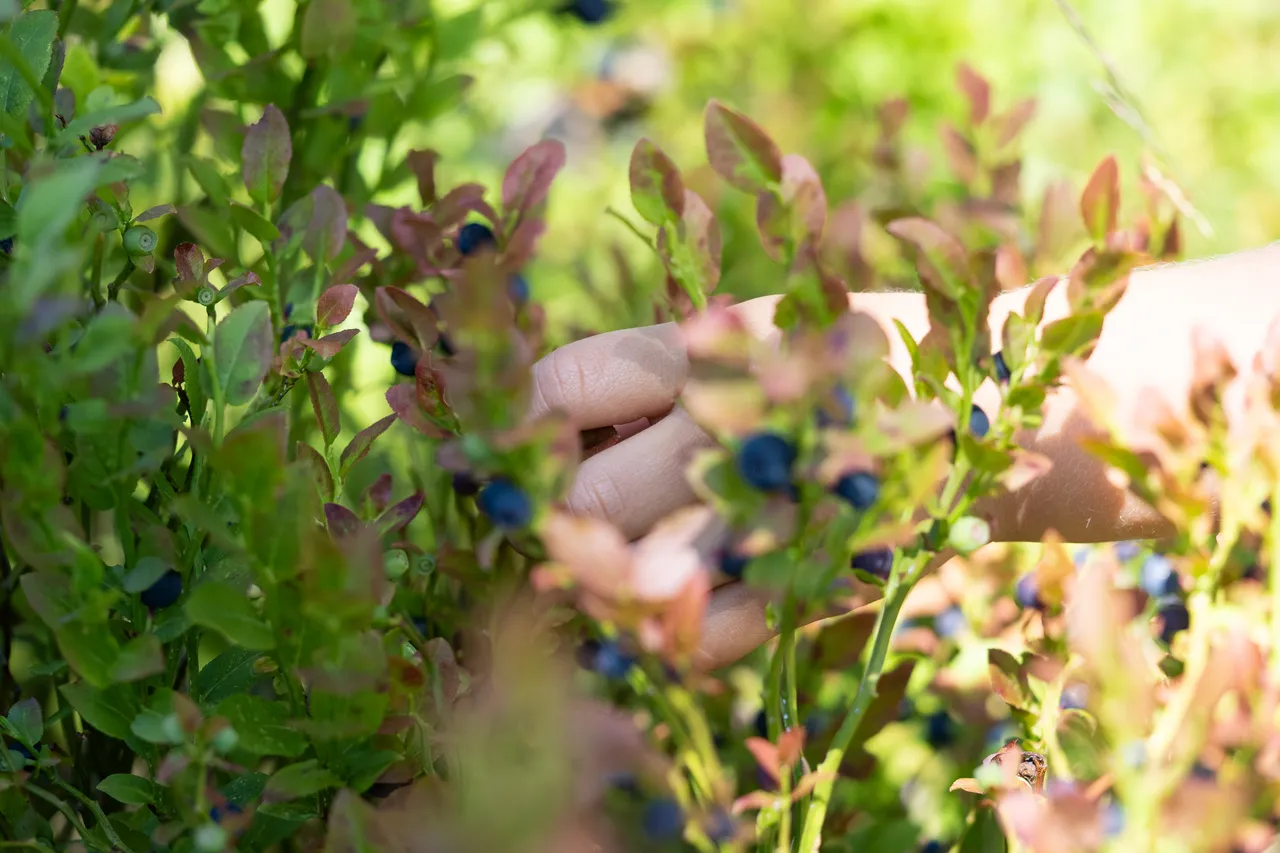Blueberries, these little tiny fruits have cost us many a stain on our shirt at home. I am of course talking about the real wild blueberries, small but much tastier than their bigger, more bulky Canadian counterparts, which you can find in supermarkets pretty much all year round. We buy them at home occasionally too, but our son's joy and excitement over the ones he buys can't compare to walking through the woods and coming across blueberry bushes. This then turns even a short walk into a several hour affair, with more blueberries picked than steps walked. And what does a mom do before her little one gets his mouth sufficiently dirty with blueberries? Oh, yeah, she takes pictures.
Borůvky, tyhle malé drobné plody nás doma stály nejeden flek na triku. Teď samozřejmě mluvím o těch pravých lesních, sice drobných, ale o to chutnějších borůvkách, než jsou jejich větší přibuzné kanadské borůvky, na ty dnes natrefíte v supermarketech v podstatě v průběhu celého roku. Doma občas kupujeme i je, ale radost a nadšení našeho syna z těch koupených se nedá srovnat s tím, když jdeme lesem a natrefíme na borůvkové keříky. To se pak i z krátké procházky stává několikahodinová záležitost, kdy máme na kontě více posbíraných borůvek, než ujitých kroků. A co dělá máma, než si její potomek dostatečně umaže pusu od borůvek? No jasně, fotí.


Blueberries are not only a fruit that tastes good, but they're also healthy, or so it says. Supposedly, they have lots of antioxidants, vitamin, minerals and also fiber. They ripen in the forests from June to September, depending on the altitude. The higher up, the later. In some parts of protected areas and national parks, blueberry picking is forbidden and, of course, blueberries must not be picked with combs, which destroy the vegetation. In our family we pick straight in the mouth, that's the best anyway.
Borůvky jsou nejenom ovoce, které chutná, ale jsou zároveň i zdravé, aspoň se to píše. Údajně mají spoustu antioxidantů, vitamínu, minerálních látek a také vlákniny. V lesích dozrávají od června až do září, podle nadmorěké výšky. Čím výš, tím později. V některých oblastech CHKO a národních parcích je sběr borůvek zakázaný a borůvky se samozřejmě také nesmí sbírat pomocí hřebenů, které porost ničí. V naší rodině sbíráme rovnou do pusy, to je stejně nejlepší.
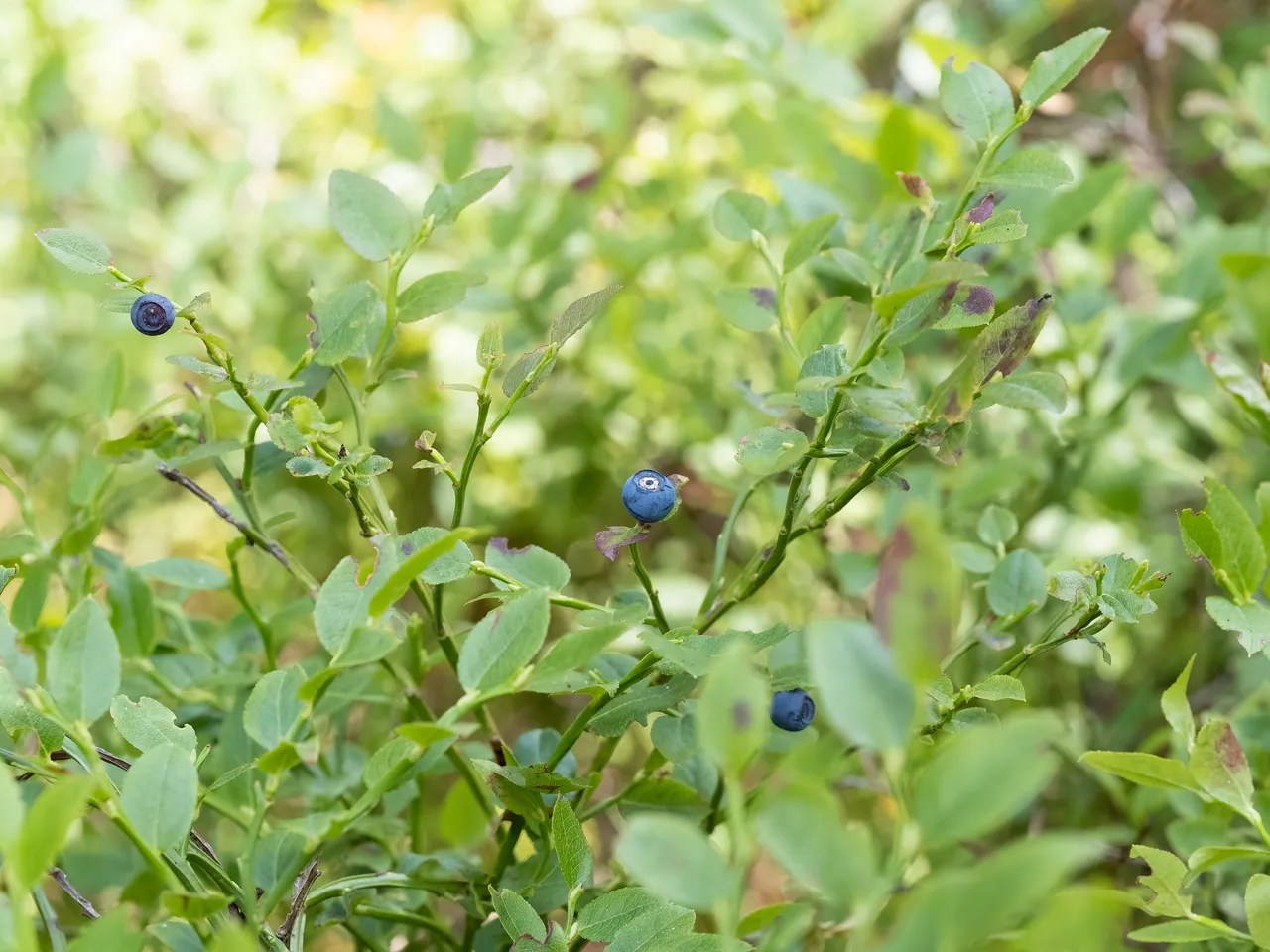
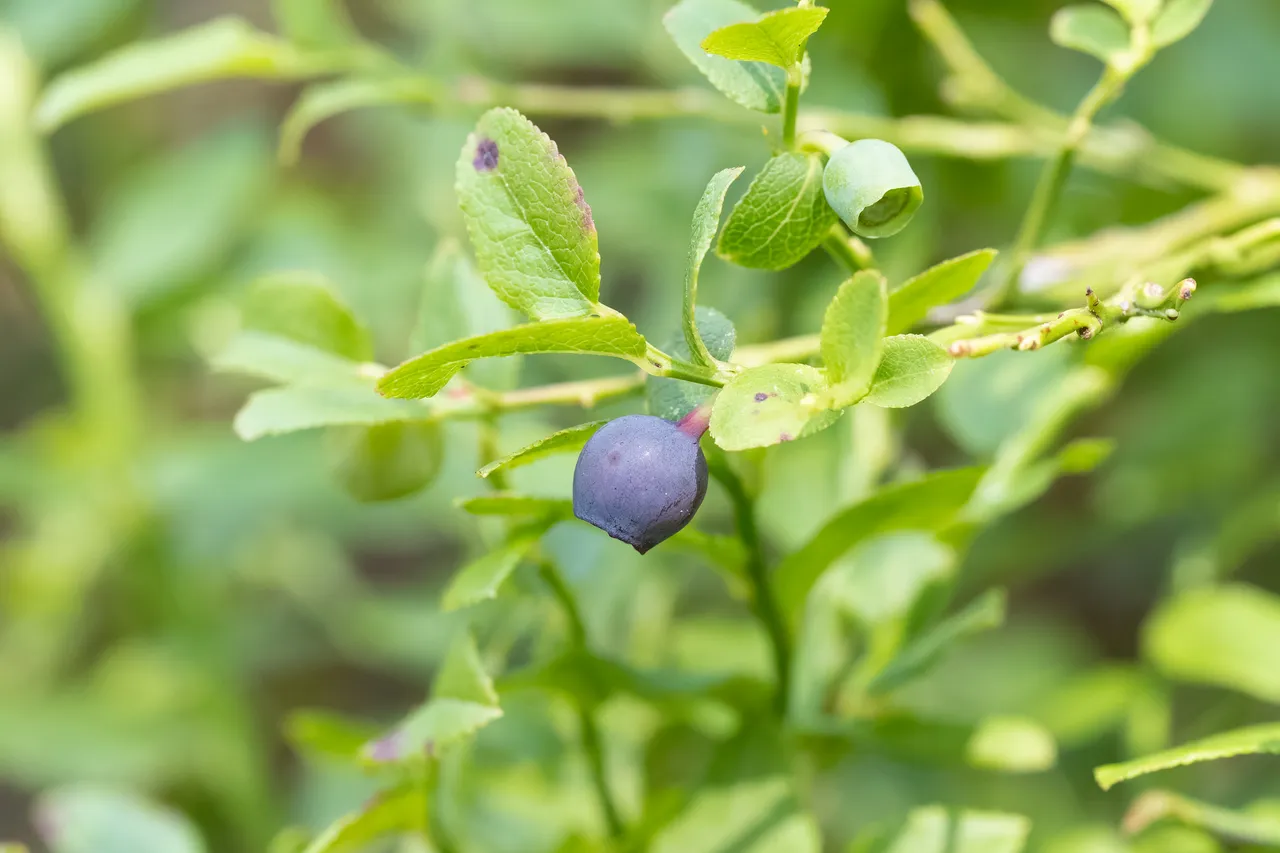
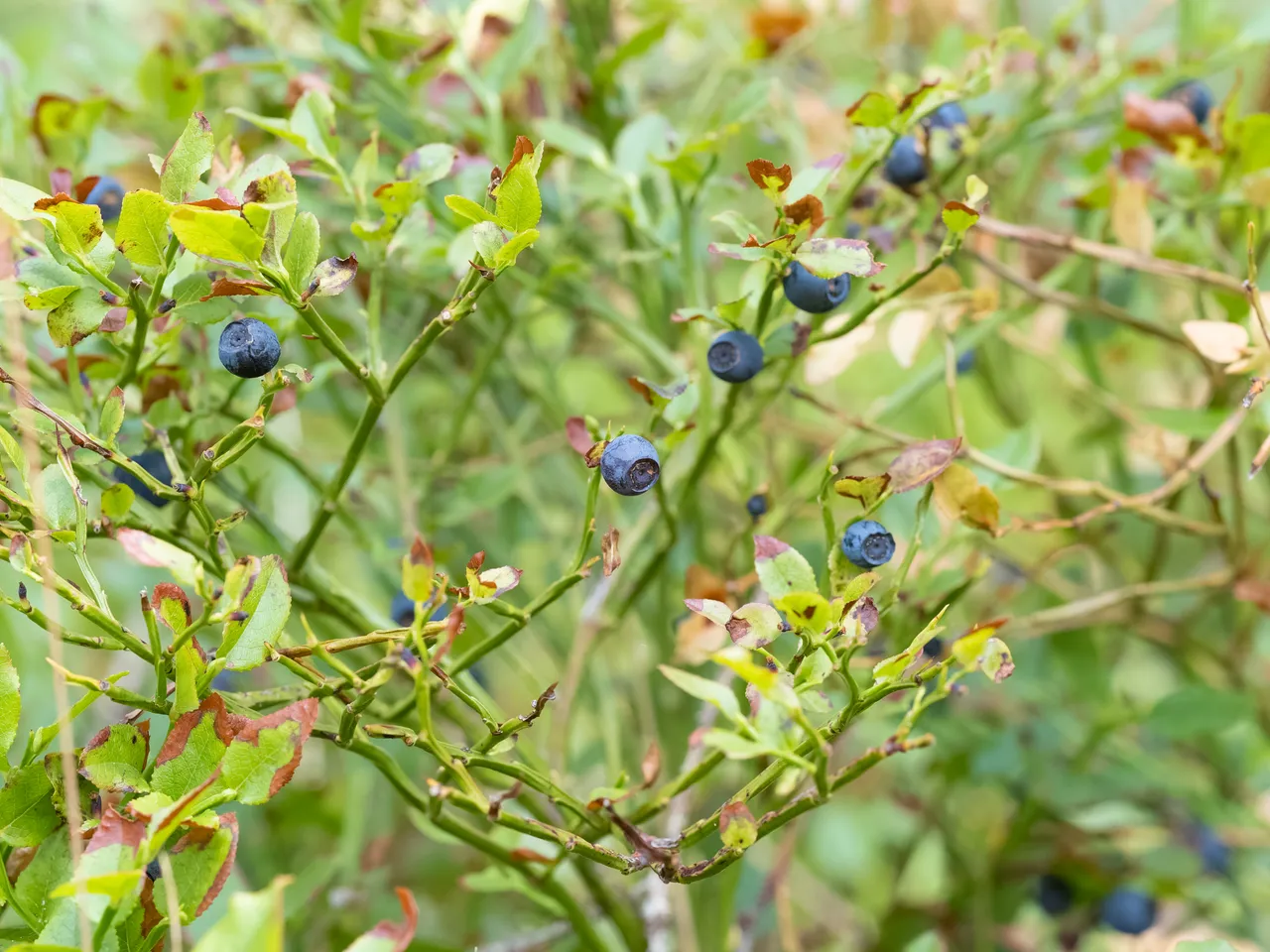
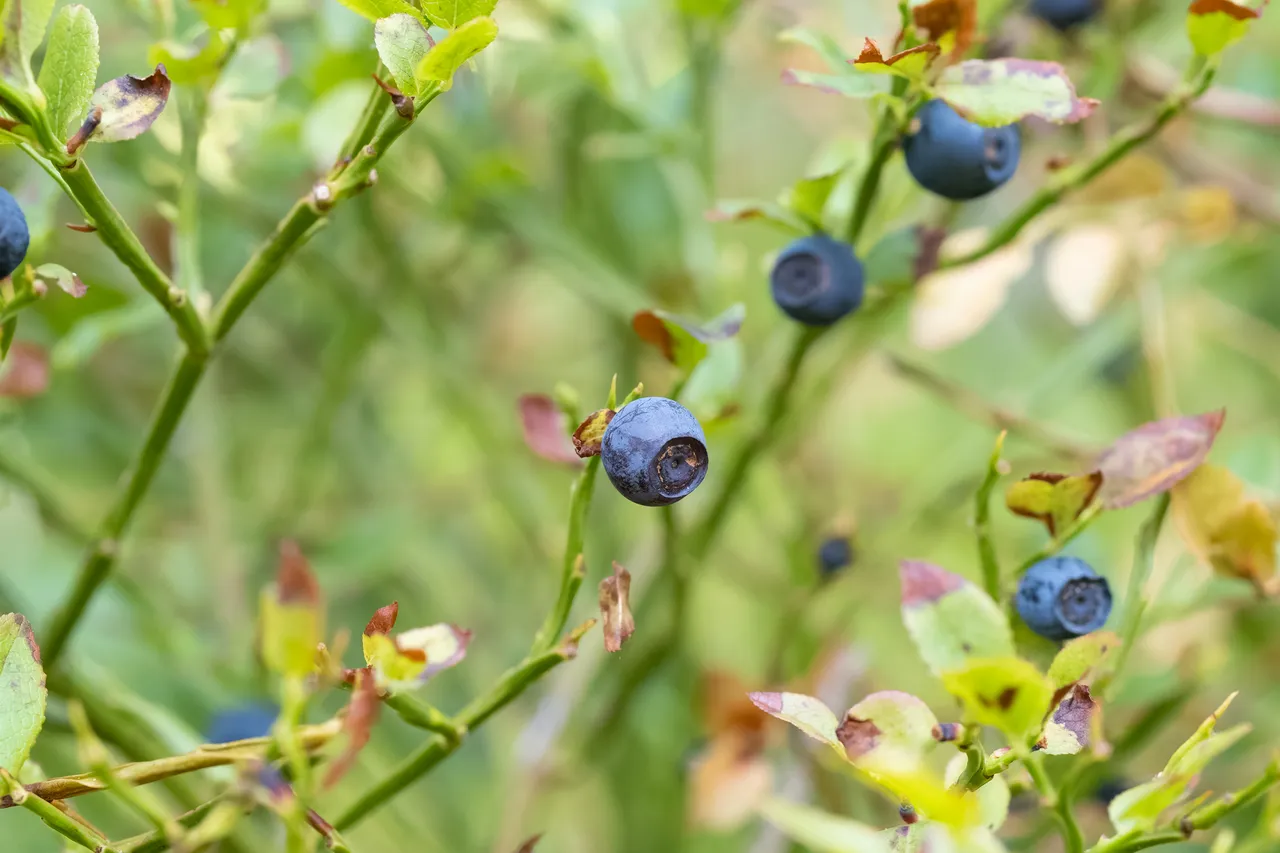
However an article popped up on the internet recently called Echinococcosis: A life-threatening infection from berries. Basically, the idea is that berries can be contaminated with tapeworm, a disease that is supposedly uncommon but can wreak havoc on the human body. As a precaution, it is supposedly enough to wash the fruit before eating it. We wash everything at home, of course, but in the woods? Spoil the kids' fun and forbid them to pick the fruit? Carrying a can of water and washing every blueberry? Or just take a chance and let the kids be kids? I'm clear.
Nedávno na mě však na internetu vyskočil článek s názvem Echniokokóza: Nákaza z lesních plodů, která ohrožuje život. V podstatě jde o to, že lesní ovoce, může být kontaminované tzv. taseminicí liščí, nákaza prý není častá, ale v těle člověka dokáže nadělat pěknou paseku. Jako prevence údajně stačí ovoce před jídlem umýt. Doma myjeme samozřejmě všechno, ale v lese? Zkazit dětem radost a zakázat jím ovoce trhat? Táhnout s sebou kanystr vody a každou borůvku umýt? Nebo to prostě risknout a nechat děti být dětmi? Já mám jasno.
